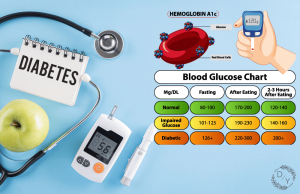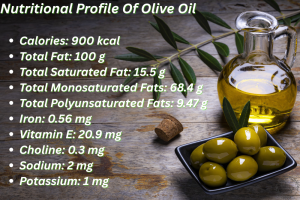Breathing is something we all do—automatically, constantly, and often without even noticing. Yet, when done consciously, breathing becomes a powerful tool for improving both physical health and emotional well-being.
You breathe over 20,000 times a day—but how often do you pay attention to it?
In moments of stress or anxiety, your breath becomes short and shallow. This signals your body that you’re in danger, even when you’re not. The good news? You can reverse that reaction—just by breathing on purpose.
Why Breathing Helps with Stress
Your breath is one of the few automatic bodily functions you can consciously control. When you’re anxious or overwhelmed, your body activates the sympathetic nervous system—also known as the “fight-or-flight” mode. Intentional breathing activates the opposite: the parasympathetic nervous system, which helps you rest, digest, and reset.
Just a few minutes of mindful breathing can:
1. Lower your heart rate
2. Reduce muscle tension
3. Decrease blood pressure
4. Improve mental clarity

4 Simple Breathing Techniques to Try
These methods are easy, free, and can be done anywhere—from your desk to your car, or even lying in bed.
1. Box Breathing (4-4-4-4)
Used by Navy SEALs for staying calm under pressure.
How to do it:
- Inhale through your nose for 4 seconds
- Hold your breath for 4 seconds
- Exhale through your mouth for 4 seconds
- Hold again for 4 seconds
- Repeat for 1–5 minutes
Best for: Regaining focus, controlling anxiety
2. 4-7-8 Breathing
Popularized by Dr. Andrew Weil, this technique helps slow the heart rate and promotes sleep.
How to do it:
- Inhale quietly through your nose for 4 seconds
- Hold your breath for 7 seconds
- Exhale slowly through your mouth for 8 seconds
- Repeat for 4–8 rounds
Best for: Reducing anxiety, falling asleep faster
3. Diaphragmatic (Belly) Breathing
Encourages deeper, more nourishing breaths by engaging the diaphragm.
How to do it:
- Place one hand on your chest, the other on your belly
- Inhale through your nose so your belly rises
- Exhale slowly through your mouth
- Focus on the belly moving—not the chest
- Continue for 2–5 minutes
Best for: Relaxing the body, reducing physical tension
4. Alternate Nostril Breathing (Nadi Shodhana)
A traditional yogic technique that balances energy and clears the mind.
How to do it:
- Use your right thumb to close your right nostril
- Inhale through your left nostril
- Close your left nostril with your ring finger, open the right, and exhale
- Inhale through the right nostril
- Switch and repeat
- Continue for 1–2 minutes
Best for: Mental clarity, emotional balance
When to Use These Techniques
Breathing exercises are versatile. Try using them:
- Before a stressful meeting or event
- During moments of panic or overwhelm
- As part of your morning or bedtime routine
- While commuting or waiting in line
- Right after waking up, or before falling asleep
Apps like Calm, Headspace, Breethe, or Breathwrk can guide your sessions with visuals and audio support.
You don’t need a meditation mat, a perfect setting, or even five spare minutes to feel the benefits of mindful breathing. Your breath is always with you—waiting to help.
Start with just one technique, once a day, and notice how your mind and body respond. Over time, these moments of calm can add up to real, lasting resilience.
Breathe in calm. Breathe out tension. Repeat.









